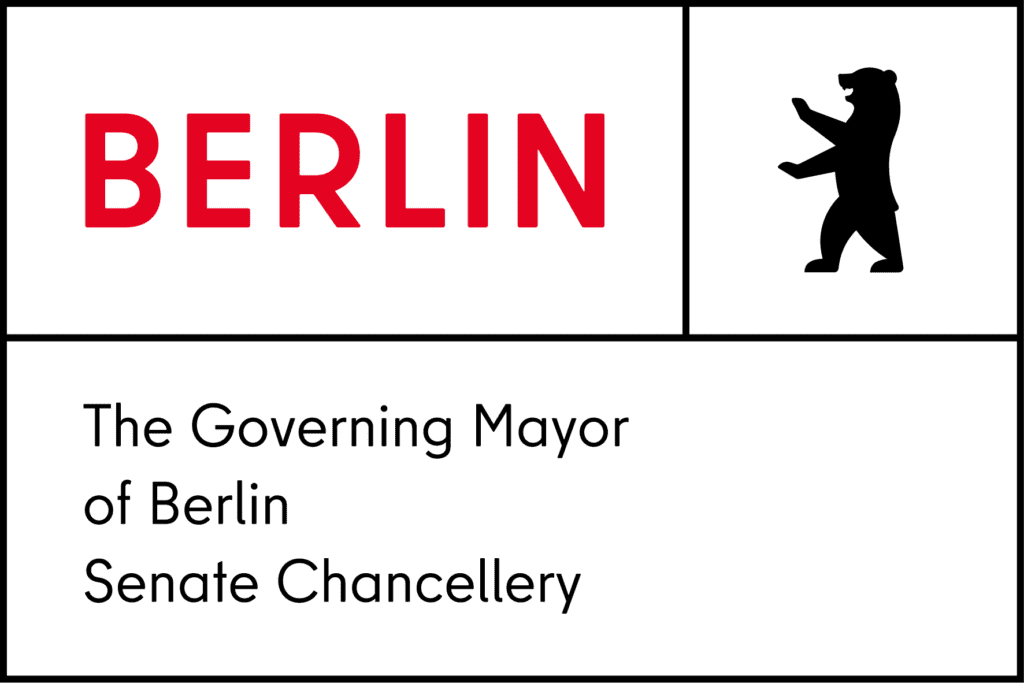What was the issue?
Better understand climatic differences in the city and find refreshing places, this is what the Refreshment Map helps with, a web map of the Berlin city area that visualises temperature conditions, cold air conditions and shaded areas. This data can be displayed for every hour of the day between 10 am and 8 pm. The map thus provides information on which places have comparatively higher or lower temperatures and at which times of the day shade and sun can be expected where. It also shows various places, such as public swimming pools, green spaces and water playgrounds, where citizens in Berlin can refresh themselves on hot days. Using the share function, users can save and share their favorite place. The application is based on a simulation of solar radiation using a digital terrain model and the interpolation of climatic model data from the Berlin Senate Department for Urban Development.
The refreshment map was implemented by the Open Data Informationsstelle (ODIS).
What were your goals?
Berlin is known to be in a temperate climate zone with warm summers and mild winters, but at the same time moody, unstable weather. This means that one day we are looking for a warming ray of sunshine and the next we may be sweating and wishing for a fresh breeze. The sweating problem in particular is likely to become a bigger problem in the future: Climate change is causing hotter and drier weather in many places. According to evaluations by the State Office for the Environment, the number of summer and heat days will increase significantly in the coming years. The region could also experience days with more than 40 degrees, which has never happened before. Such heat, however, puts a great strain on the human organism, which always has to maintain a temperature of about 37 degrees.
Among other things, the refreshment map should help people to discover the city in a different way and to cool down on particularly hot days. In addition, it makes small-scale climatic differences in urban areas visible and encourages people to think about climate adaptation to ensure health and quality of life in increasingly hot cities.
How can I join in?
The code of the application is open source and can be found on GitHub. Anyone can use it or make suggestions for improvements. If you are interested in trying out the tool and giving us feedback, feel free to get in touch!
Contact
